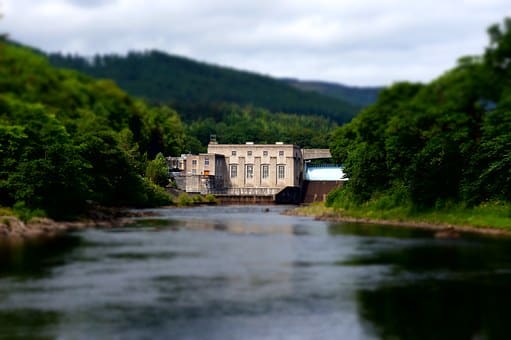About Bokang-Baling Hydroelectric Project:
- It is a proposed hydroelectric project on river Dhauliganga in the Pithoragarh district in Uttarakhand.
- It has a proposed installed capacity of 165 MW.
- The project involves the construction of a concrete gravity dam of 65 m from river bed level and an underground Power House.
- The project is being implemented by THDC India Limited.
Dhauliganga River:
- Origin: It rises in the vicinity of the Niti Pass in the border regions between Garhwal region of Uttarakhand and southwestern Tibet.
- It is one of the important tributaries of Alaknanda, the other being the Nandakini, Pindar, Mandakini, and Bhagirathi.
- It meets the Alaknanda River (the major source stream of the Ganges river) at Vishnuprayag in Uttarakhand.
- Length: The length of this river is about 94 km.
- Tapovan, which is famous for its hot springs, is located on the banks of Dhauliganga.
THDC India Limited:
- THDC India Limited (Formerly Tehri Hydro Development Corporation Limited) is a company jointly owned by the Government of India and the Government of Uttar Pradesh.
- It was registered as a Public Limited Company in 1988 under the Companies Act 1956 to operate and maintain the Tehri Hydro Power Complex and other Hydro Projects.
- It is a Mini Ratna Category-I Enterprise.
Q1) What is a Concrete Gravity dam?
A Concrete Gravity Dam is also known as “Gravity Arch Dam,” and is a freshwater-retaining concrete structure that has a wider footing (base) than the top-section. The purpose of a Concrete Gravity Dam is to maintain a low center of gravity, in order to avoid collapsing in the event of an abutment seal failure. In fact, a Gravity Arch Dam that is properly placed atop geologically stable formations is the safest type of dam.
Source: Locals in Dharchula town of Uttarakhand protest against power project, fear Joshimath-like crisis
Last updated on June, 2025
→ UPSC Notification 2025 was released on 22nd January 2025.
→ UPSC Prelims Result 2025 is out now for the CSE held on 25 May 2025.
→ UPSC Prelims Question Paper 2025 and Unofficial Prelims Answer Key 2025 are available now.
→ UPSC Calendar 2026 is released on 15th May, 2025.
→ The UPSC Vacancy 2025 were released 1129, out of which 979 were for UPSC CSE and remaining 150 are for UPSC IFoS.
→ UPSC Mains 2025 will be conducted on 22nd August 2025.
→ UPSC Prelims 2026 will be conducted on 24th May, 2026 & UPSC Mains 2026 will be conducted on 21st August 2026.
→ The UPSC Selection Process is of 3 stages-Prelims, Mains and Interview.
→ UPSC Result 2024 is released with latest UPSC Marksheet 2024. Check Now!
→ UPSC Toppers List 2024 is released now. Shakti Dubey is UPSC AIR 1 2024 Topper.
→ Also check Best IAS Coaching in Delhi
























